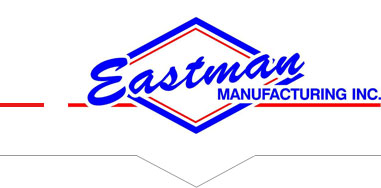3 Common Heat Treating Processes
When it comes to purchasing suitable heat treating equipment, it is essential to cultivate a basic understanding of what it is you need, and the applications in which it is intended to serve. The technicians at Eastman Manufacturing are fully capable of assessing those needs and coming up with an appropriate solution for maximum efficiency when it comes to day-to-day operations.
As leaders in manufacturing and designing heat treating equipment, Eastman Manufacturing is here to provide you with a brief overview of three heat treating processes commonly used.
Heat Treating Equipment Processes
Today, engineers understand the intricacies of a range of specialized techniques – including annealing, quenching, and tempering.
Annealing
Annealing is the process in applications that require the alteration of the metal material’s physical properties in order to enhance its hardness. Annealing involves the slow cooling of a substance as a way to eliminate internal stresses as a way to toughen it. The process of annealing will usually occur after machining processes like grinding, and quenching.
Quenching
Quenching is the process of quickly cooling a substance by submerging it in air, water, or oil in order for it to attain certain material properties. In the processing of metal – and especially so in the processing of steel, the metal is submerged in a special solution to freeze the microstructure of the steel.
Tempering
In contrast to the process of annealing, tempering is used to reduce substance hardness after the quenching process. The temperature is a determining factor in how much of the hardness is removed – depending on the alloy type and the required properties of the final product. Tempering increases the overall ductility of the metal while maintaining its microstructure. For metal parts and components that require additional heat treatment for further modification of their properties, both quenching and tempering processes can effectively serve those needs.






